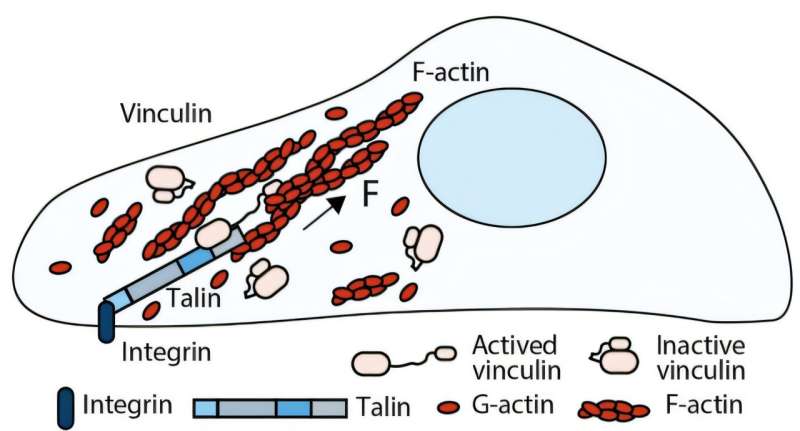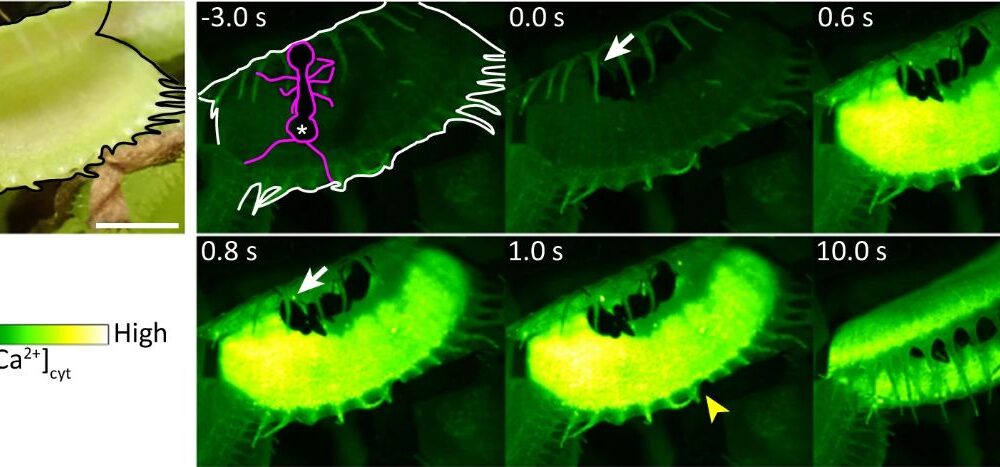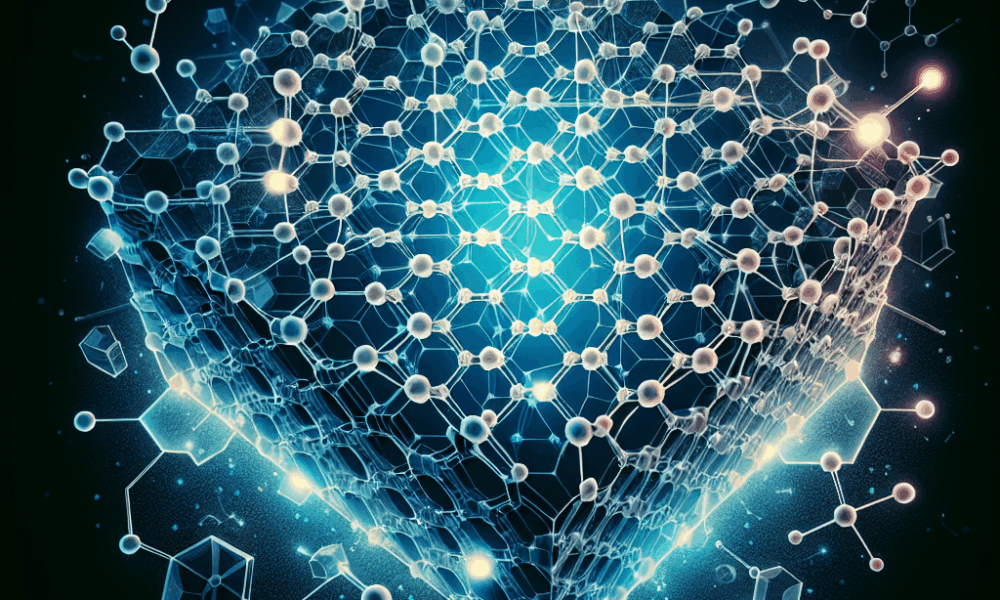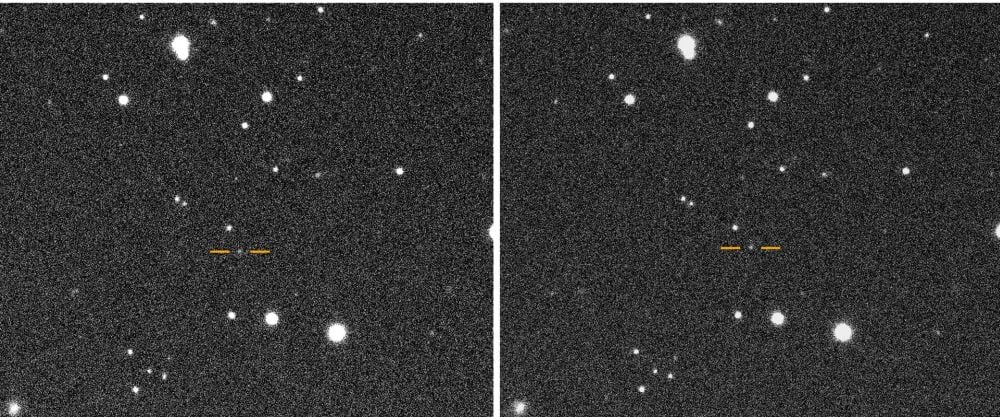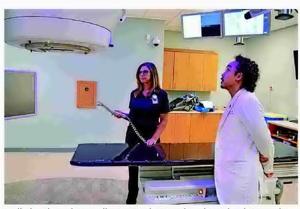A team of researchers from the University of Liverpool, in collaboration with the Mechanobiology Institute at the National University of Singapore, has made a groundbreaking discovery about the protein vinculin. Their study, published in Science Advances on November 3, 2025, reveals that vinculin plays an active role in mechanical signaling and cellular memory, challenging its long-held perception as merely a structural component.
For many years, vinculin was viewed primarily as a link between adhesion complexes and the cytoskeleton. However, the new research indicates that vinculin has six force-dependent binary switches, which function similarly to mechanical memory. Using single-molecule magnetic tweezers, the researchers pulled on individual vinculin molecules, successfully characterizing these switches. This detailed analysis signals a significant shift in the field of mechanobiology, enhancing the understanding of how cells process mechanical signals.
Professor Ben Goult, from the Mechanistic Cell Biology department at the University of Liverpool, stated, “Our discovery that vinculin is mechanically active opens up a new area of research. These switches suggest that vinculin is not just a structural component, but a dynamic participant in cellular decision-making. It’s a fundamental change in how we view this protein.”
The implications of this research extend beyond basic science. Mutations in vinculin have been linked to conditions such as dilated cardiomyopathy and heart failure. By re-evaluating these mutations in light of vinculin’s mechanical switches, scientists may gain a deeper understanding of disease mechanisms and identify potential therapeutic targets.
Exploring Vinculin’s Role in the Brain
In addition to its implications for heart health, the study lays the groundwork for further investigations into vinculin’s role in the brain. The research highlights how vinculin and another protein, talin, together form a network of binary switches known as the MeshCODE. This network may play a critical role in processing and storing mechanical and chemical information within neurons.
Researchers are currently examining vinculin’s function in synaptic activity, collaborating with the Liverpool Interdisciplinary Neuroscience Center (LINC) and the University of Helsinki. While the current findings stem from in vitro experiments, the team is actively studying vinculin in living cells and engineered heart tissues, expanding the scope of their investigations.
To further understand vinculin’s interactions and post-translational modifications during cell migration, the researchers are working with the University of Liverpool’s Center for Proteome Research. This research could provide critical insights into how cells adapt to their physical environment.
Professor Goult concluded, “This is an exciting time for mechanobiology. We’re beginning to see how mechanical forces shape cellular behavior in ways we hadn’t imagined. Vinculin’s switches may be the key to unlocking how cells remember and respond to their physical environment.”
The findings from this study offer a new perspective on vinculin, emphasizing its importance not only in structural roles but also in cellular memory and decision-making processes. As research continues, the potential for new therapeutic avenues and a deeper understanding of cellular mechanics appears promising.
For further information, refer to the study by Xuyao Liu et al, titled “The mechanical response of vinculin,” published in Science Advances (2025). DOI: 10.1126/sciadv.ady6949.

